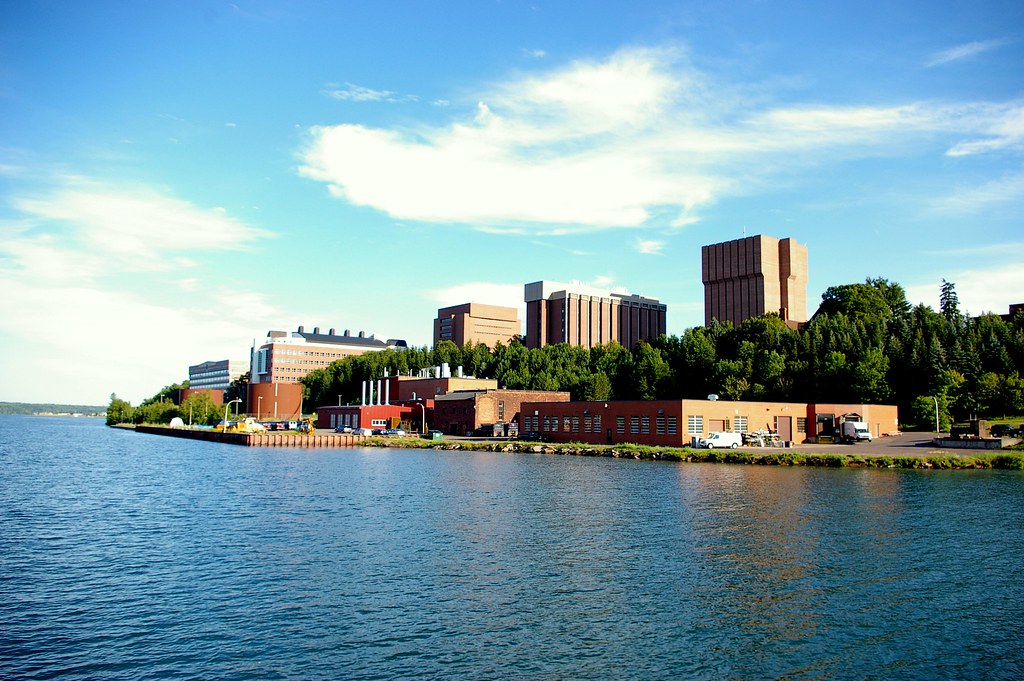Due to the Keweenaw’s prolific mining history, which drew many mixed European immigrants to the area during the previous century, the Keweenaw is predominantly white. In addition, the area is traditionally Native American, specifically the Anishinaabeg tribe. However, their tradition hasn’t been acknowledged compared to Western cultures settled here. European cultures, from Finnish to Italian, call the peninsula their home, yet Michigan Tech’s expansion has led to greater diversity within the area’s cultural demographics. Over the years, new ethnic groups have moved in and brought with them their cultural practices. Unfortunately, the greater community has not responded to this increase in diversity and all of the exciting opportunities it offers with an equal increase in acceptance. The recent years show demand for Michigan Tech to adapt to these changes so that new students from various cultures and racial identities will feel welcome. In celebration of this year’s most diverse incoming class, I want to explore the areas in which Michigan Tech has encouraged diversity while also considering the areas in which the university still struggles.
Race is still a heavy topic for universities, especially considering police brutalities for black college students, portes The Michigan Tech Archives provides a summation of the fight for racial equality within our university, spanning from the 1930s up to today’s African Student Association.
In 2021, a prominent group for students of Asian heritage formed on campus. A branch of the Society of Asian Scientists and Engineers (SASE) was developed to build confidence and community for Asian cultures on campus. The chapter was founded this past June by student Isaac Fong. After arriving at Tech, he noticed the numerous societies for cultures, but none directly addressing students of Asian heritage. He’s stated that anyone invested in the cause can join, whether they’re of Asian descent or not. Today, Fong leads the society with the support of founding member Fiona Chow. The SASE chapter aims to connect and support all students interested in the well-being of Asian culture students.
The Center for Diversity and Inclusion (CDI) is perhaps the best-known resource on campus. Situated in the former Hamar House, the CDI encourages open discussion between cultures, race, and other differing identities. It’s meant to be a “safe space” for open discussion without fear of prejudice, harassment, or hostility. Earlier this year the CDI was featured in an article in The Lode’s Pulse section, highlighting its significance to campus culture.
The presence of these various support organizations shows progress not only for our fellow Huskies but for the university as a whole. With this year’s largest class being touted as the most diverse in the history of our university, it appears Michigan Tech embraces variety in its programs. However, the school body isn’t perfect and is still susceptible to creating hostile environments, whether intentionally or not. .
Women are still ostracized in engineering classes dominated by men. One friend told me how she’s often overlooked by even the professor in one of her mechanics classes. She expressed her loneliness and feelings of worthlessness as the men pretend she’s a doll that doesn’t know a thing about engineering. Another friend from the Computer Science department described her own struggles at Tech. Some of her male classmates often claimed she got her coding competition awards and internships just because she was a woman.
Other times, a student or professor will make statements regarding diversity that don’t reflect the diverse agenda of the school. Earlier this year, the Tech community was outraged when Professor Jeffery Burl responded to the school senate’s anti-racism resolution. Burl’s letter claims that he never witnessed any discrimination for women or African-American students, but he felt discriminated against as a white man. A majority of the student body rightfully called out his ignorance of the social climate, but the school administration defended their tenured professor’s letter under “freedom of speech.” While he certainly holds the right to argue these statements, it actively hurts the minorities fighting for acceptance. Some students even declared how unsafe and unsupported they felt, despite being on similar academic and social levels to their peers.
On a happier note, the fact the student body acknowledges the harmful nature of these types of actions shows social progress. Events like Parade of Nations and the Amateur Drag Show celebrate the diversity of nationalities and gender identities. Campus generally feels more inclusive than it was even five years ago. However, there’s still a long way to go before Tech can consider itself as being fully inclusive of all types of students. It’s worth celebrating the progress but also acknowledging our remaining shortcomings.


